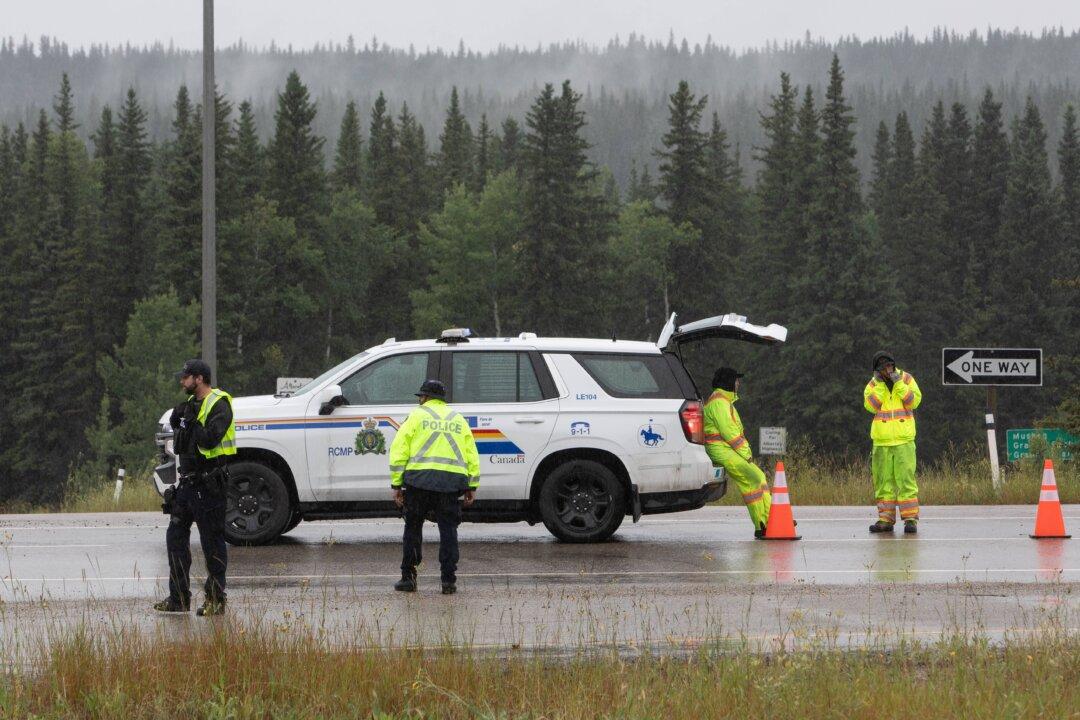Commentary
Millions of Albertans, and indeed Canadians, are mourning the destruction of a site where they have memories of recent and childhood trips. We can be thankful that no lives have been lost, but the loss for residents of Jasper is unimaginable. I grew up in the town of Banff and can’t imagine watching my hometown go up in flames.





